Neurocognitive Development Lab
at the University of Maryland, College Park
Overview
The goal of our research is to learn more about how cognitive abilities, such as memory, develop in infants and children. We are especially interested in how these changes are related to brain development. We use multiple tools to address these issues including studying children’s overt behavior and indirect measures of brain function.
Current Research Studies
Hippocampal Development and Sleep-Dependent Memory Consolidation in Pre-Schoolers
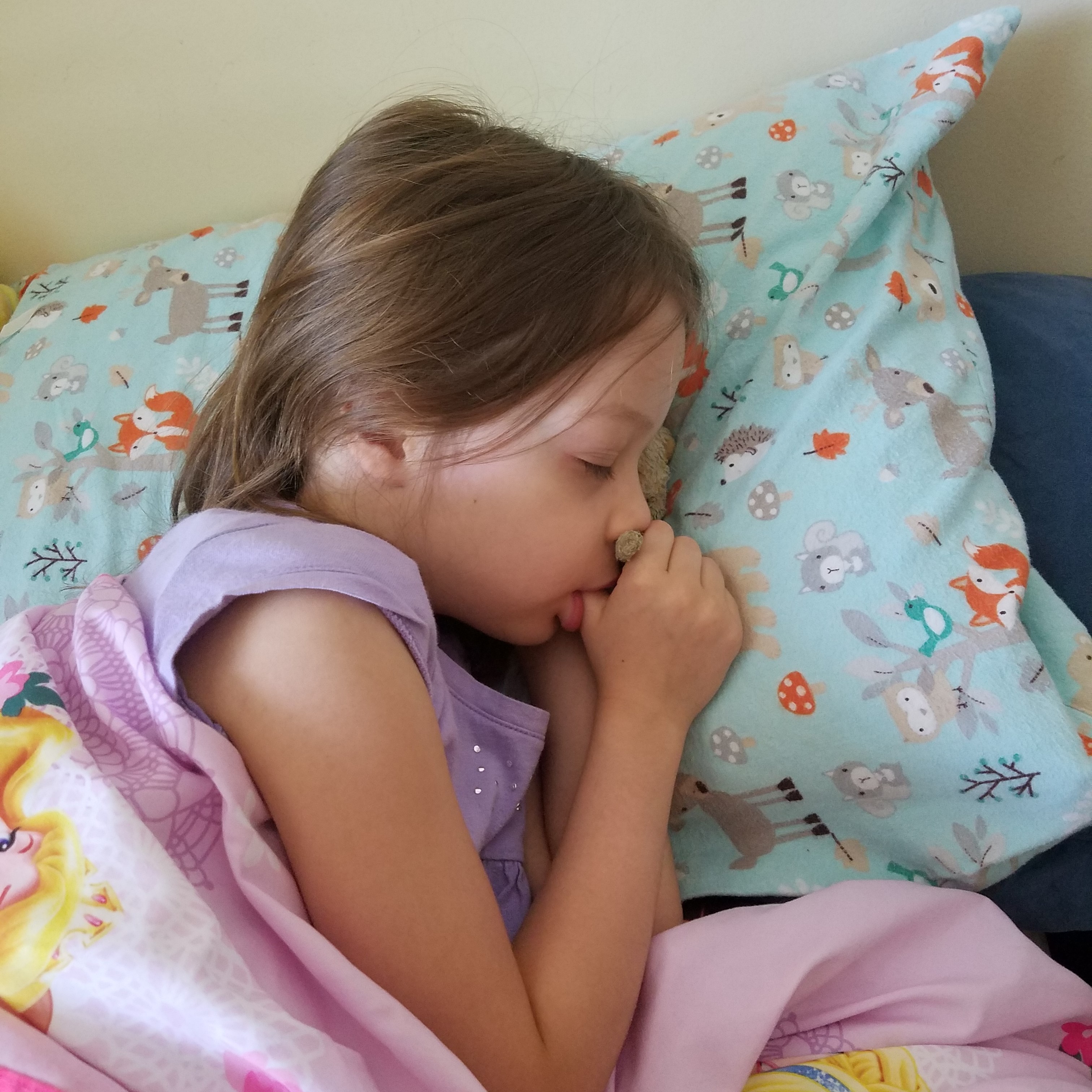 Naps benefit learning and memory in young children. However, children transition out of naps during the preschool years (~3-5 yrs). Whether naps should be encouraged in preschools or eliminated to provide more time for early learning is not clear. Reflecting this uncertainty, there are currently no formal recommendations regarding napping in childhood (e.g., from American Academy of Pediatrics).
Naps benefit learning and memory in young children. However, children transition out of naps during the preschool years (~3-5 yrs). Whether naps should be encouraged in preschools or eliminated to provide more time for early learning is not clear. Reflecting this uncertainty, there are currently no formal recommendations regarding napping in childhood (e.g., from American Academy of Pediatrics).
Dr. Tracy Riggins, in collaboration with Dr. Rebecca Spencer at the University of Massachusetts at Amherst, received federal funding from the National Institutes of Health (NIH) and the National Science Foundation (NSF) to study the role of sleep and brain development on memory during early childhood, specifically when children transition out of naps. The study will examine whether maturation of memory-related brain structures (specifically, the hippocampus) results in more information being retained without interference, reducing the need for frequent consolidation, which underlies the transition out of naps.
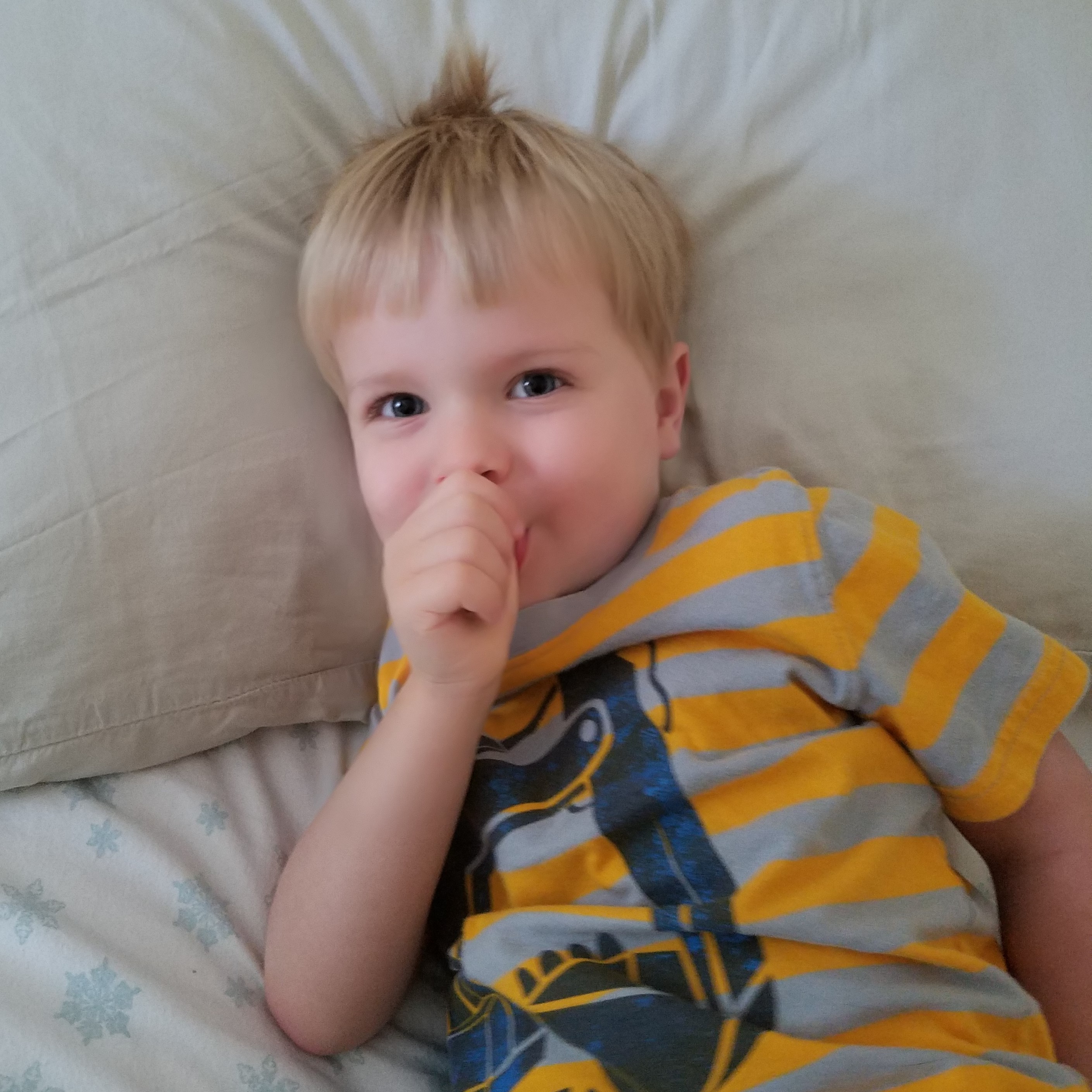 This study will include preschool children who are habitual nappers. Using a within-subjects design, children will be promoted either to nap or remain awake during their normal naptimes in their homes. During the nap we will record sleep physiology (Polysomnography, or PSG) in order to examine quality of sleep during the nap. Additionaly, we will complete overnight sleep assessments (PSG). Children will participate in some memory games such as remembering pictures, stories, and recent events from their lives, and parents will complete surveys related to their child's sleep. Children will also come to the University of Maryland for a brain scan or MRI. The brain scan will allow us to examine memory-related brain structures such as the hippocampus. Participants will complete these activities three times over the course of one year in order to track changes in each child's memory ability, nap status, and brain development. This multimodal and longitudinal study will allow for the investigation of memory performance and brain development and help us understand how this may influence the nap transition (i.e., from napping to not napping) in childhood.
This study will include preschool children who are habitual nappers. Using a within-subjects design, children will be promoted either to nap or remain awake during their normal naptimes in their homes. During the nap we will record sleep physiology (Polysomnography, or PSG) in order to examine quality of sleep during the nap. Additionaly, we will complete overnight sleep assessments (PSG). Children will participate in some memory games such as remembering pictures, stories, and recent events from their lives, and parents will complete surveys related to their child's sleep. Children will also come to the University of Maryland for a brain scan or MRI. The brain scan will allow us to examine memory-related brain structures such as the hippocampus. Participants will complete these activities three times over the course of one year in order to track changes in each child's memory ability, nap status, and brain development. This multimodal and longitudinal study will allow for the investigation of memory performance and brain development and help us understand how this may influence the nap transition (i.e., from napping to not napping) in childhood.
For more information about the initial building blocks of this current study, click here.
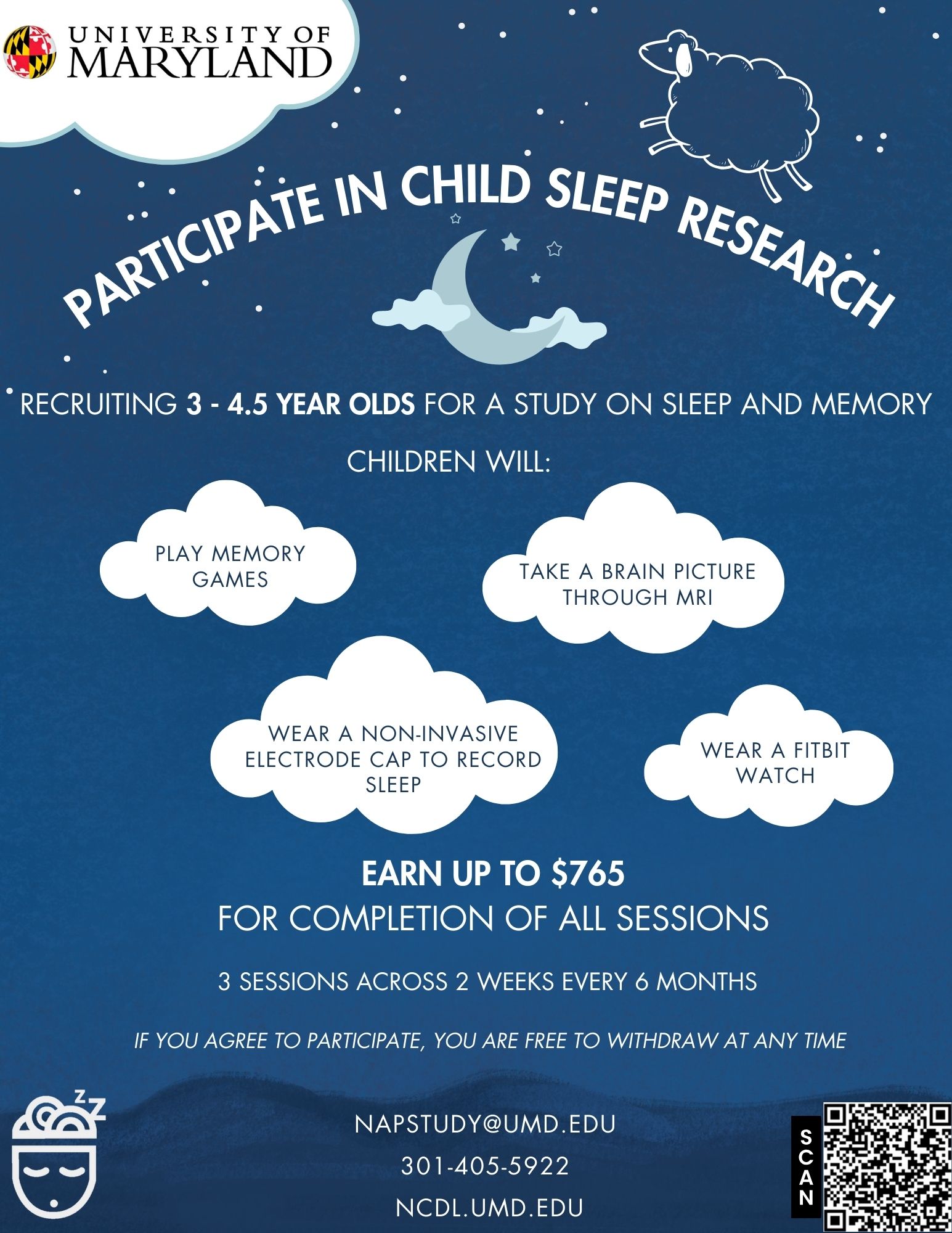
We are currently recruiting 3 to 4.5 year olds who nap 5+ times per week for this study! If you would like to participate, please click here.
HEALthy Brain and Child Development
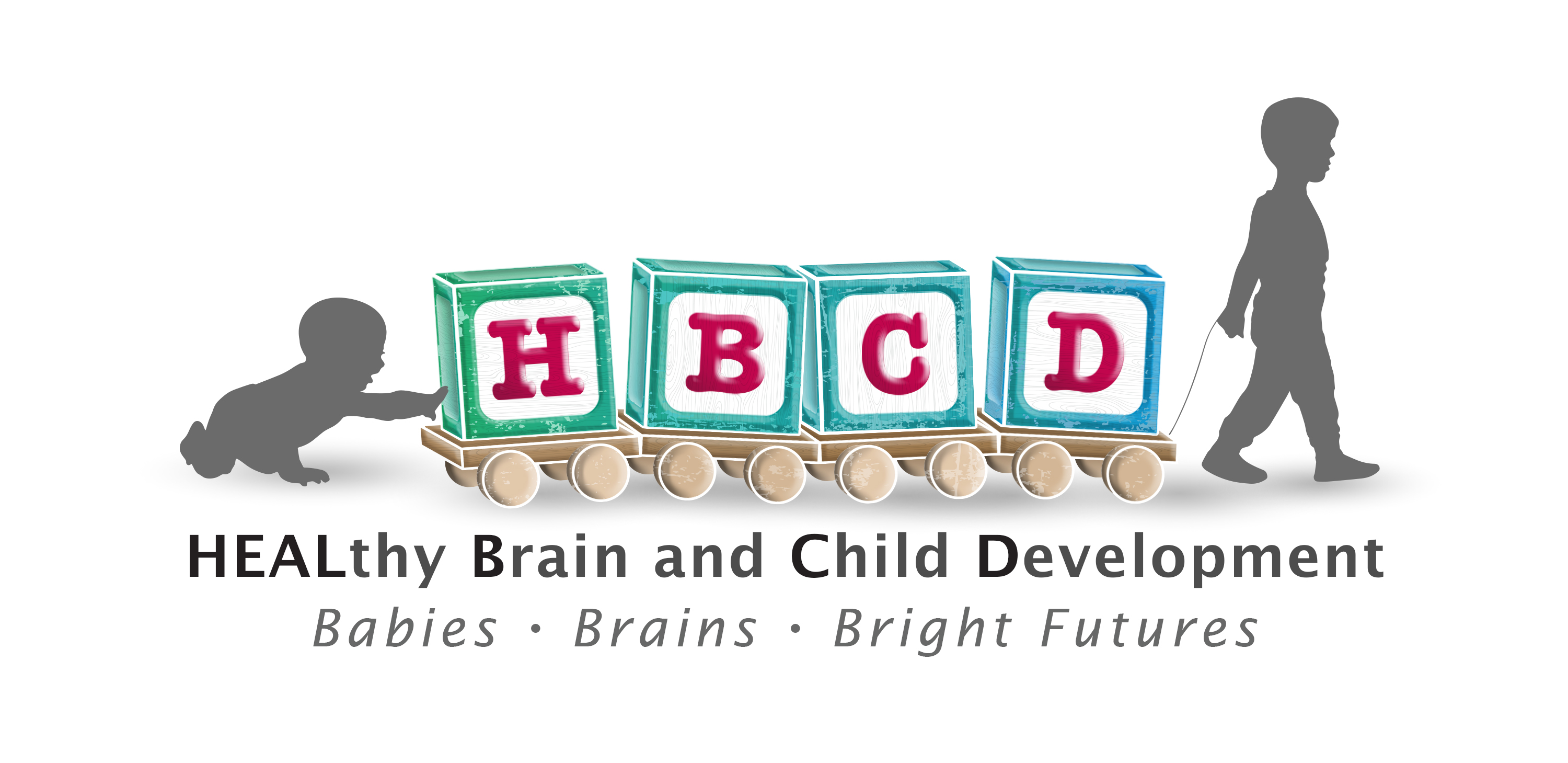
The HEALthy Brain and Child Development Study (HBCD) is the largest, long-term study of early child development in the nation with 27 research sites across the country. The study will enroll ~7,500 mother-child dyads and follow them from pregnancy to early childhood. HBCD uses MRI, EEG, biospecimen samples, and neurological measures to determine short and long term impacts of environment, prenatal substance use, adverse events, stress, biological, genetic, and social factors on the neurodevelopmental trajectories of children. Drs. Tracy Riggins, Brenda Jones-Harden, and Nathan Fox are the PIs of the UMD HBCD site which is currently recruiting. Dr. Riggins leads the MRI and biospecimen teams of the UMD HBCD site. For more information about the study, click here. See what the UMD College of Education have to say about the study here.
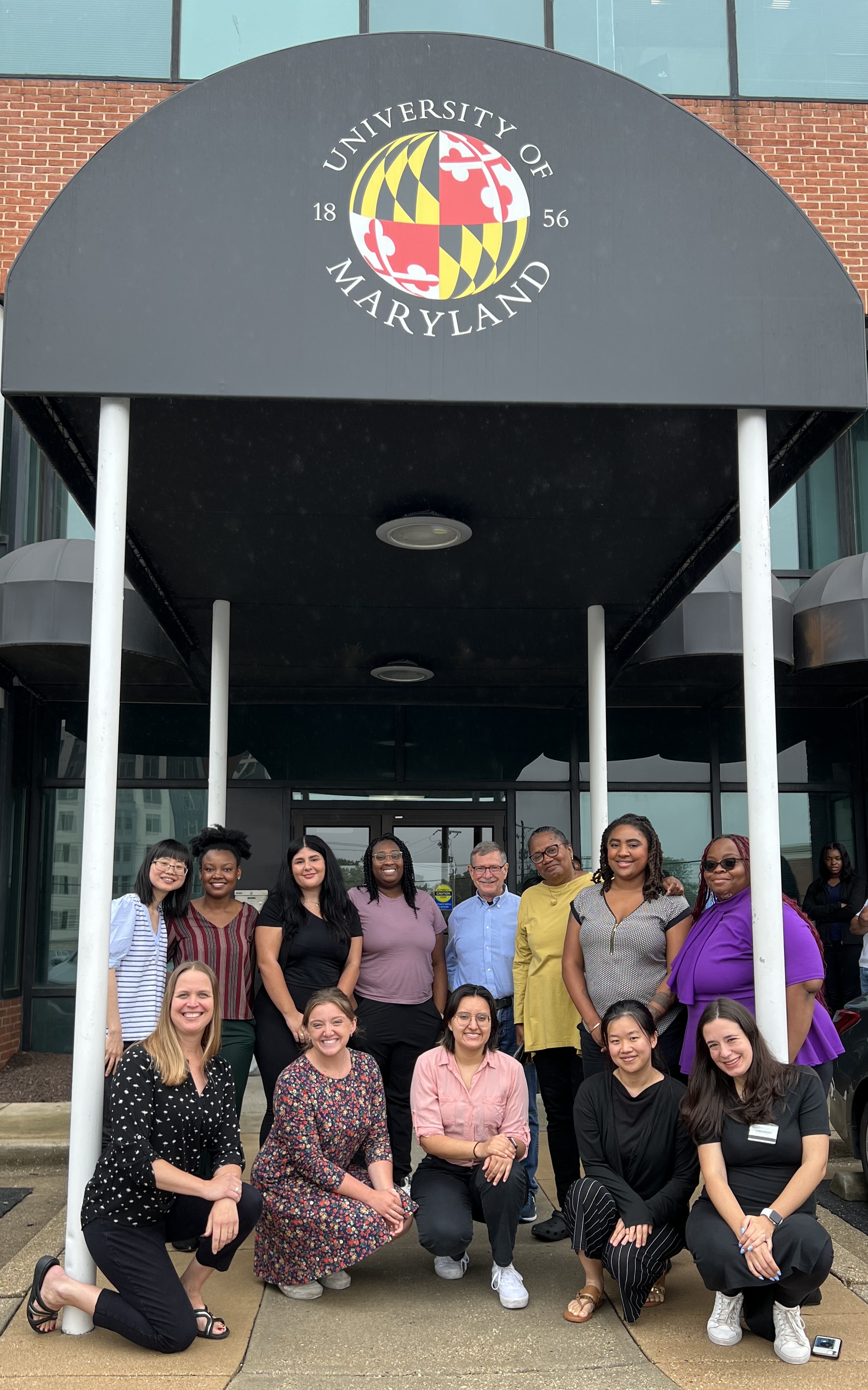

Left picture, top left to right: Zehua C., Adriane D., Mia M., Danielle B., PI: Nathan Fox, PI: Brenda Jones-Harden, Alyssa T., Angel M. Bottom left to right: PI: Tracy Riggins, Morgan J., Camila R., So Yeon S., Jamie L.
Right picture, left to right: PIs: Brenda Jones-Harden, Nathan Fox, Tracy Riggins.
Previous Research Studies
Hippocampal Memory Networks
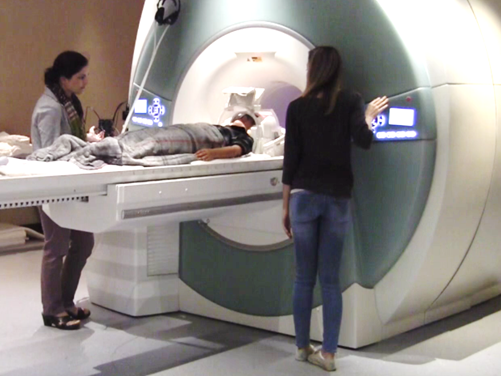 Autobiographical memory refers to memories for our own personal life experiences (e.g., our high school graduation, summer vacation last year, etc). These memories are important as they contribute to our self-identity and enhance our social ties with others.
Interestingly, when most adults look back on their life experiences they can recall very few, if any memories from early childhood (before 6 years of age) but when autobiographical memory is examined young children, they are able to form and report on personal experiences during this period. What changes that renders memories from childhood inaccessible later in life remains unknown.
Autobiographical memory refers to memories for our own personal life experiences (e.g., our high school graduation, summer vacation last year, etc). These memories are important as they contribute to our self-identity and enhance our social ties with others.
Interestingly, when most adults look back on their life experiences they can recall very few, if any memories from early childhood (before 6 years of age) but when autobiographical memory is examined young children, they are able to form and report on personal experiences during this period. What changes that renders memories from childhood inaccessible later in life remains unknown.
Research in the lab of Dr. Tracy Riggins is designed to address this question. She and Dr. Elizabeth Redcay were recently awarded a grant from the National Institutes of Health to examine the structural and functional development of brain regions known to play an important role in memory during childhood. In this study, 4- to 8-year-old children are invited to the lab and are asked to participate in memory games and activities and undergo an MRI brain scan. The memory games involve tasks such as asking children to remember pictures, stories, and recent events from their lives. The brain scan allows researchers to examine memory-related brain structures such as the hippocampus, a subcortical region in the medial temporal lobe (roughly behind the ear) that has been shown to be critical for memory in adults and how it is functionally connected to other regions of the brain.
The ultimate goal of this study is to follow these same children for a period of 3 years in order to track changes in each child's memory ability and brain development. This multimodal and longitudinal approach will allow for the identification of neural trajectories that lead to age-related changes in memory performance. Such systematic study of memory development in childhood has important implications not only for understanding memory in general but will also provide critical information for targeted intervention and prevention strategies for populations at-risk for memory impairment and those diagnosed with neurodevelopmental disorders known to affect the hippocampus and memory.
Preliminary results from this study can be found here.
Remembering versus Knowing
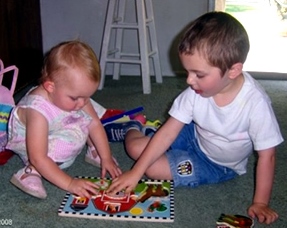
Recalling a recent event includes memory for many details. Not only do we remember WHO was there and WHAT we did, but WHEN and WHERE the event happened, HOW specific aspects of the event looked, smelled or felt, and WHY the event happened in the first place.
The ability to recall these contextual details commonly associated with real-life events beings to develop in the first year of life but shows the most rapid improvement in early childhood (see Riggins, 2014).
Research projects in our lab are designed to investigate how and when young children begin include these contextual details in their memories and how these changes in memory ability relate to development of memory-related circuitry in the brain.
In a series of NIH-funded studies we examined two processes underlying memory (familiarity and recollection) during a memory retrieval task using a unique combination of electrophysiological and behavioral measures in early childhood (Riggins, Rollins, & Graham, 2013; Riggins & Rollins, 2015). Children who were either 3, 4, 5, or 6 years old were introduced to objects in 1 of 2 different locations and taught to perform a novel action with each object. After a few days, children returned to the laboratory and we assessed children’s memory for both the item and the details associated with the items (i.e., location and action). As expected, older children recalled more details than younger children. We also recorded children’s electrical brain responses to pictures of the items. Results from this part of the study suggested that children’s brain responses differed both to items they reported were familiar and those they recollected with contextual details.
These findings suggest that both familiarity and recollection are developing during this period, which may explain why changes in children’s memory ability is so rapid during early childhood. Knowing more about how and why memory changes so rapidly during early childhood is important as it may help us to better detect when memory problems exist and provide information about the best way to intervene when needed.
Predicting What Children Will Remember
We recently published a study investigating brain activity while participants are learning information, a phase called encoding. Although event-related potentials (ERPs) have been used in both children and adults at retrieval and in adults at encoding, no previous studies have examined ERPs recorded at encoding in children. This represented a critical gap in the literature because encoding processes, and changes in brain regions supporting encoding, partially account for age-related improvements in children’s memory performance. Results revealed that brain activity differed between children and adults at encoding. Effects in adults occurred faster, were in a different direction than children's, and adults used different neural networks to encode items. These findings lend support to the hypothesis that encoding processes and their neural correlates are an important source of change in memory development.
Memory in Special Populations
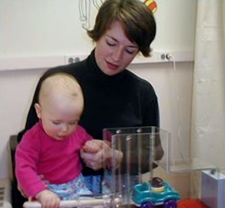
“You have to begin to lose your memory, if only in bits and pieces, to realize that memory is what makes our lives…” --Luis Buñuel (cited in Sacks, 1985)
Small failures in memory can range from embarrassing (forgetting the name of a recent acquaintance) to debilitating (as in the case of individuals with amnesia who cannot remember where they live or even their family members).There is a wide range of individual differences in memory abilities both in children and adults. To learn more about these differences we are interested in studying individuals who may be at risk for memory impairment.
One example includes children who experience prenatal iron deficiency. These children may be at risk for memory impairment due to alterations in development of brain structures that are important for memory. This research is done in collaboration with The Center for Neurobehavioral Development at the University of Minnesota. For more information on the results of these investigations see Publications and Presentations
Another example includes adolescents who were exposed to drugs (e.g., cocaine or heroin) during the prenatal period. Animal models suggest that prenatal drug exposure may specifically target brain regions and pathways involved in executive function, such as working memory. Although studies from young children do not tend to find vast differences in cognitive abilities, executive functions are relatively immature in young children. Thus, the effects of prenatal drug exposure on brain development may not be evident until school age. This research is part of the F.U.T.U.R.E.S. study at the University of Maryland, School of Medicine and the National Institute of Drug Abuse (NIDA) Intramural Research Program.
In a research collaboration with Dr. Lea Dougherty, we are conducting a longitudinal study examining how early experience, including exposure to parental depression, low SES, hostile parenting, influences brain structure and function, cognitive development, and psychopathology in middle childhood. We plan to examine how children’s HPA (hypothalamic-pituitary-adrenal) axis functioning over time affects their memory development, which may confer later risk to depression. Dr. Dougherty is a clinical psychologist in the department with expertise in the etiology and course of depression. She has experience investigating neuroendocrine dysfunction, the phenomenology of depression in preschoolers, and has used empirically-based assessments of mood disorders in very young children.